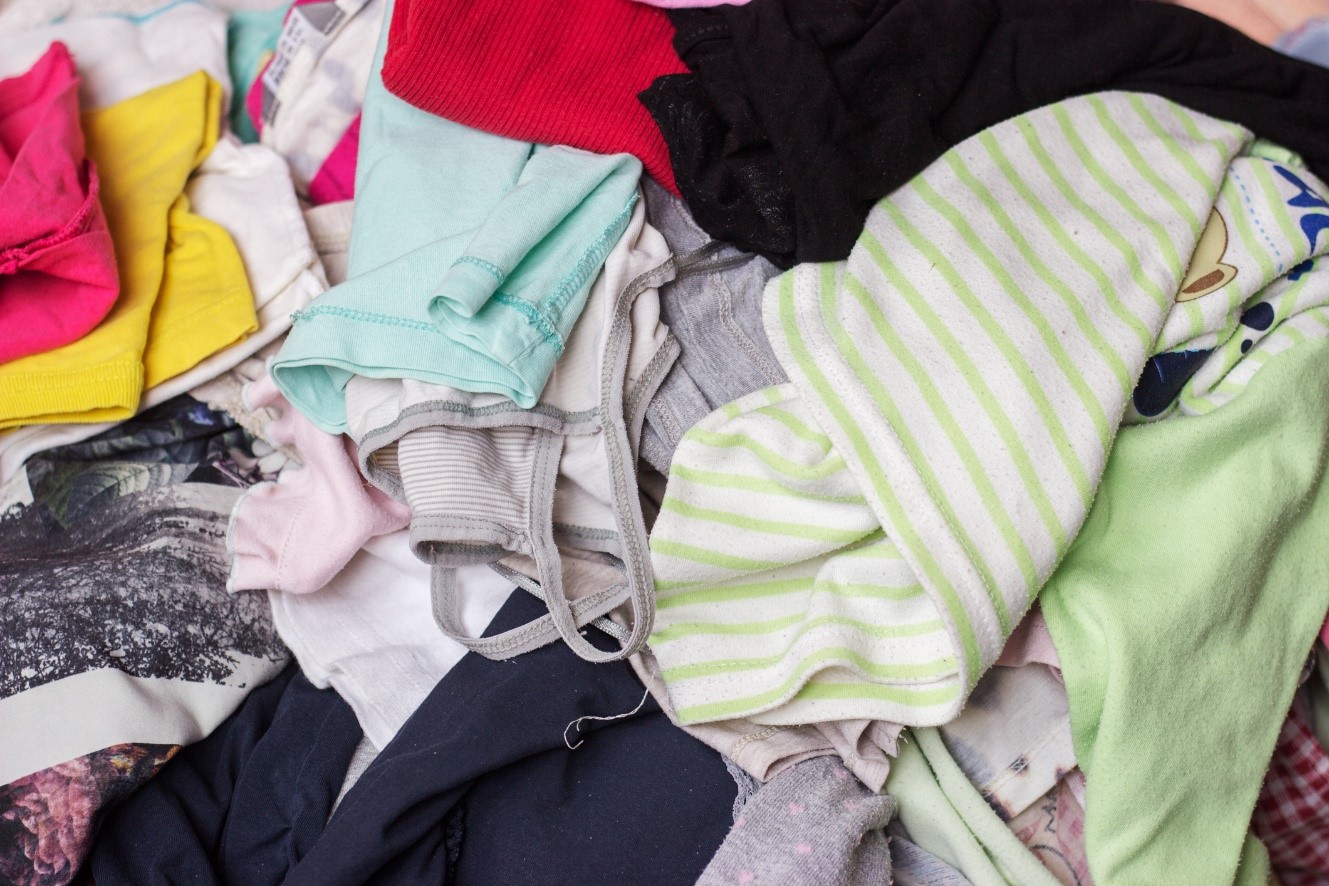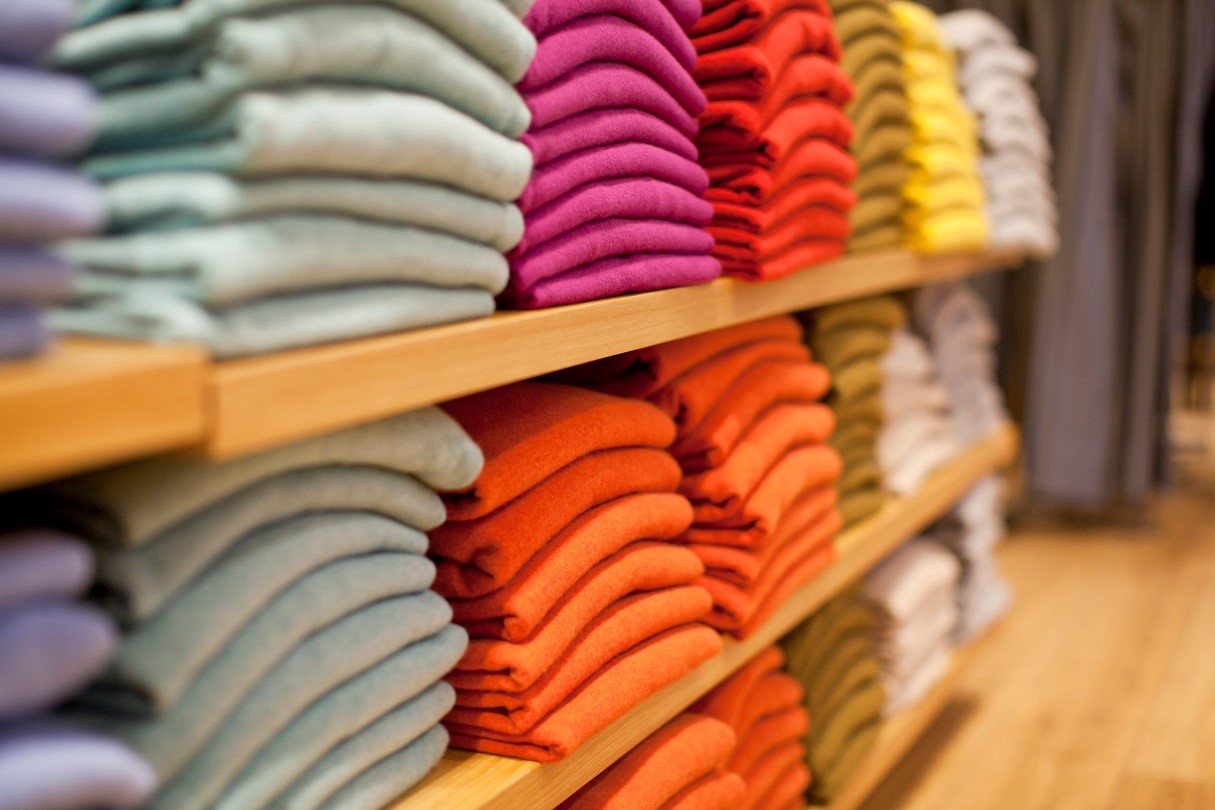Upcycling Clothes: Ideas for Start-up Businesses
Upcycling is a fantastic concept for those who are eco-conscious. Our planet is suffering from the amount of waste we create, and upcycling businesses are the sewing and embroidery industries’ way of working against waste.
On the other hand, upcycling businesses face a lot of hardships and difficulties that other product lines will not have to deal with. It’s important to find answers for these problems before you set up your company because you will need to measure your expectations for profit against these setbacks.

Material Lifespans
Different materials have different lifespans. What we mean by this is, asking ourselves how much longer the materials in the garment have before they start to look too thin and tired.
Unfortunately, if you’re running an upcycling company, the quality of the materials that you’ll be embroidering will be completely dependent on their previous owner’s habits – something that you have very little control over.
If you’re buying a bulk load of second-hand size 8 white, polycotton women’s work shirts, the quality of these shirts could vary immensely depending on how often the users were wearing the shirts, how often they cleaned them, the method by which they were cleaned, and how well the initial garment was manufactured when it was first made.
There are a lot of factors that could affect the quality of your initial materials, and these should be sorted before you start embroidering. For example, you might not want to waste one of your more detailed embroidery patterns on a shirt with a short lifespan. It may be that those low-quality shirts aren’t even worth your time investing in, as selling a thin shirt could damage your reputation with your customers.
Generally, natural fibres last longer than synthetic ones, so you may want to organise your business away from dealing with manmade fabrics. On the other hand, your discernment of quality will still need to be vigorous, as those second-hand clothes will often be handed in at the end of their natural lifespan, regardless of the material it is constructed from.
Another aspect to look for in your initial clothes is how tightly the fibres are spun. If the fibres are tight, the clothes are less likely to pill or fray, meaning that they will have a longer lifespan. You should also avoid clothes that are constructed from weaves of more than three fibres because they will likely pill.
Worries About Embroidering Old Materials
You’ll need to choose between carefully sorting and grading your bulk-bought second-hand clothes or making individual adjustments to your embroidery machine every time you insert new material. Each time you insert clothing of a different size, you’ll also need to adjust your embroidery hoop.
You’ll need to make the decision about which of these two options is faster for your business – sorting your bulk clothes or adjusting the machine on a case by case basis.
Difficulties with Product Lines
Time is money, and the more efficient a product line is, the more money your company will be making. As ethical and moral as upcycling businesses are, it is very difficult to make an efficient product line when the source of materials come in a large variety of shapes, sizes and colours.
An efficient line would require minimal adjustment of the industrial embroidery machine between products, but in an upcycling company, there is little that can be done to avoid this.
Before the materials even reach the machine in an upcycling business, there will have to be a process wherein all materials are sorted by size, colour, type and quality of the material.
It is possible that you will be able to order second-hand clothes pre-sorted when ordering in bulk, but this may not always be the case depending on the demand and the availability of these items.

How to Source Old Clothing in Bulk
It’s easy to find bulk loads of second-hand clothing for sale online, but you’ll need a keen eye to find sellers that ensure the quality of their second-hand sales or you will risk investing in poor materials. You may choose to speak to the seller in person or request some samples beforehand to ensure that you will be buying the best that second-hand resources have to offer.
If you’ve got it all planned out and are ready to upgrade to an industrial embroidery machine, we can help you find the machine that is most suitable for your needs, premises and budget. We deal with a lot of start-up businesses as well as our many commercial and industrial clients, so we can provide you with expert advice that is specific to your situation.
Keep an eye on our blog for further tips and news regarding embroidery.

